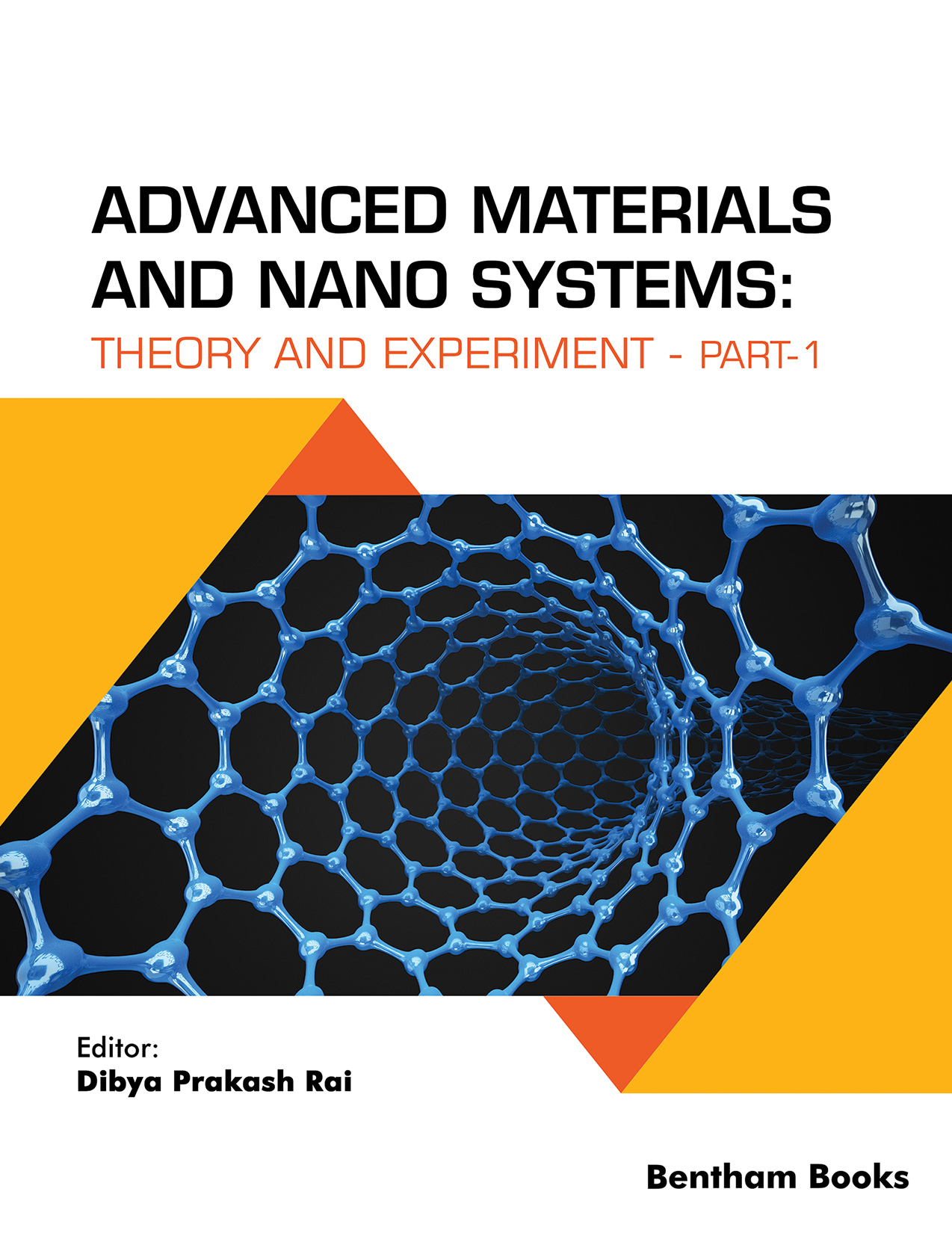The editor Dr. Dibya Prakash Rai has requested me to read the first edition of the book "Advanced Materials and Nanosystems: Theory and Experiment". I am fortunate and delighted to have the opportunity to read and review this book before it is officially published. I'm particularly pleased to learn that this book will be published by one of the reputed publishers, "Bentham Science" which has published over 150 articles, books, and other works in multidisciplinary fields. Not only that, it has a large number of followers, readers, and subscribers worldwide. The book's title looks very attractive, broad, trendy, and interdisciplinary in the rapidly growing research areas. All the chapters and their titles are very much within the scope of the book as proposed.
This book's collection provides brief and comprehensive information on current advanced materials and nanosystems research. All the contributing authors are experts in their respective fields, such as in Physical Sciences, Chemical Sciences, Material Sciences, Nano Sciences, BioSciences, and Engineering Sciences. Awareness of Nanotechnology is a strategic aim in today's situation to meet the significant objectives of energy harvesting, generation, usage, and storage, along with water treatment, waste management, medical sciences and more.
This book is written and visualized as an instrumental material that intends to offer information for technology progress to students, scholars, scientists, engineers, and professors. The present phases of nanotechnology and the creation of novel energy materials are highlighted in this book, defined by the integration of fundamental knowledge, the fabrication of nanostructure samples, and analysis using standard theory and computing. Nanotechnology is crucial both in terms of experiment and theory to tame and utilize material energy in devices. There has been a worldwide scientific revolution concerning the preparation and integration for the development and uses of new technologies. The current novel discoveries, findings, and results from diverse experimental methodologies and theoretical calculations were discussed in several chapters of this book. Many new topics are covered, including wastewater treatment using nanomaterials, nanoparticles in medical research (targeted drugs, pharmaceutics, dental implants), nanomaterial for air purification, nanomaterials for food preservation, nano-sensors, cosmetics, etc. This book contributes to the present trend by bringing together numerous current and foreseen scopes on various themes. It also presents a broad range of viewpoints and opinions on the current state of the art and future prospectus. Whether the readers are novices or experts in the subject, they will start a thought-provoking exploration of contemporary advances in Material Sciences.
My best wishes to Dr. Dibya Prakash Rai, for collecting beautiful chapters, compilation, and publication of the first edition of this edited book in Bentham Science. I know Dr. Rai for the last ten years as a dynamic and hardworking researcher. I believe he will continue his leadership role in advancing computational material sciences and advanced materials with this book.
P.K. Patra
Department of Physics
North-Eastern Hill University (NEHU)
Shillong, India

